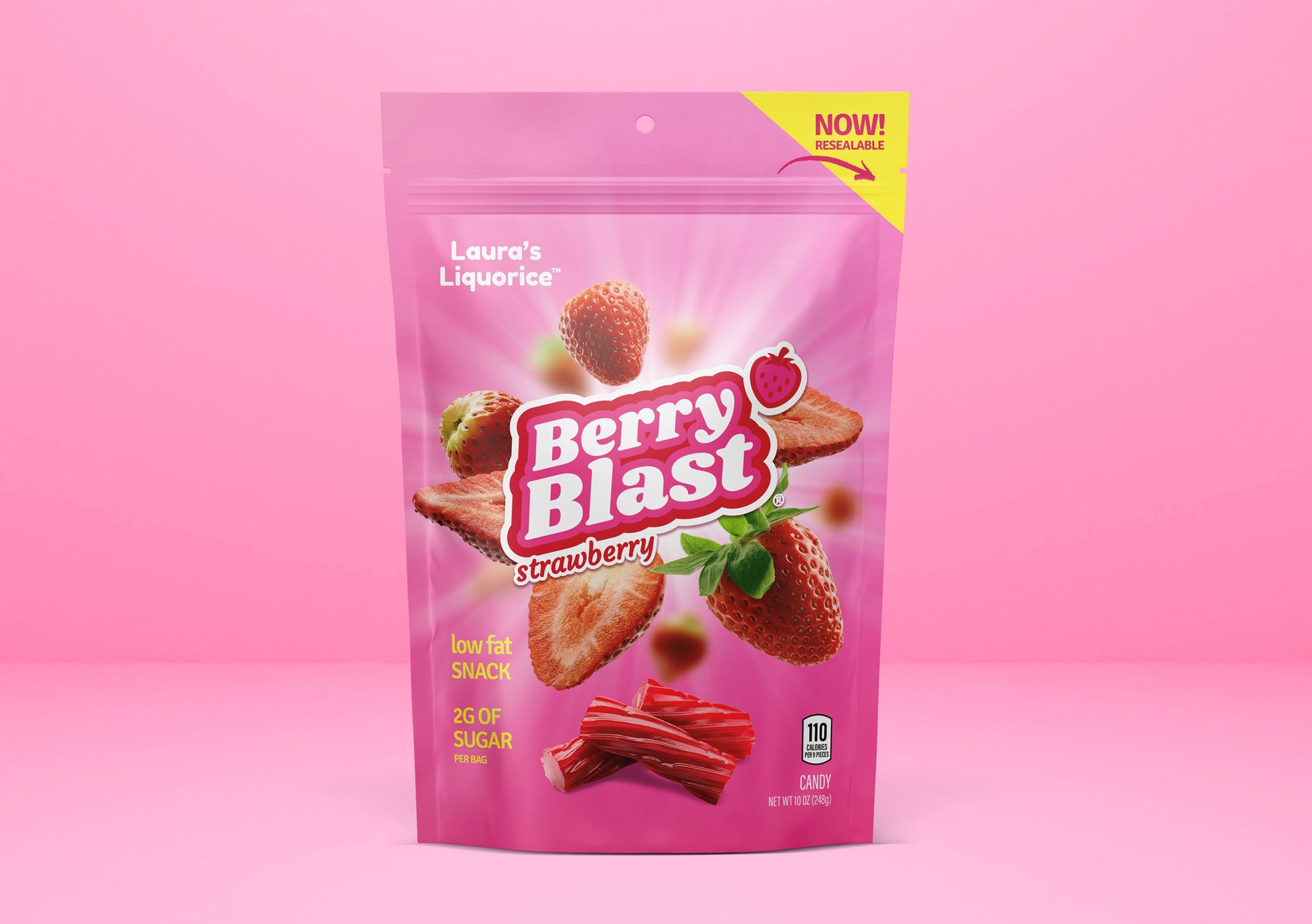4 Tips For Brands In the Candy Industry
In addition to inventing paper, toothpaste and the modern 365-day calendar, the Ancient Egyptians are credited with developing candy. Egyptians were mixing honey with nuts, fruit and spices more than 2,000 years ago – proof that humans have always had a sweet tooth.
That insatiable appetite for something sweet continues to this day. According to the National Confectioners Association:
- Total U.S. confectionery sales were $36.8 billion in 2021.
- 99% of U.S. households buy some form of chocolate or candy at least once a year.
- 72% of Americans say that chocolate and candy are an important part of their emotional well-being.
Candy is big business and it’s safe to say it always will be. Last year alone, domestic sales of chocolate rose 9.2% while sales of non-chocolate confections were up a whopping 14.5%. However, that growth isn’t confined to giants like Hershey and Mars.
The U.S. confectionery industry is highly fragmented with more than 1,000 different manufacturers nationwide. This blog will take a look at two trends shaping America’s candy and confectionery industry and four actionable tips that smaller brands can leverage to grow market share.
Trend: Indulgent but Healthy
Consumer buying habits continue to trend toward health-conscious alternatives. This trend applies to candy and confectioneries as well.
According to the National Confectioners Association study, nearly 75% of consumers believe it’s important for candy and chocolate brands to offer a variety of portion sizes. Likewise, 47% of consumers purchase confectionery items that have a “healthy” or “better-for-you” brand position. Here are two ways that smaller candy and confectionery companies can capitalize on this trend.
Tip: Healthier candy recipes
When developing new products, be sure to offer the healthier options that consumers are looking for such as:
- Antioxidant-rich dark chocolates
- Minimalist-ingredient recipes incorporating fruits and nuts
- Reduced-sugar and sugar-free recipes
Tip: Packaging that allows portion sizing
When marketing your products, consider packaging solutions that enable the consumer to savor your product over an extended period of time in smaller portions. Flexible packaging with resealable closures are ideal for this application.
Trend: Sustainable and Socially Responsible
As consumers become more health-conscious, they are also becoming more aware of the environment and the broader impact of their purchasing habits. In fact, The National Confectioners Association found that 90% of consumers are interested in learning about a confectionery brand’s environmental and social responsibility practices.
Tip: Fairtrade chocolate sourcing
Cocoa farming has long been associated with deforestation, child labor and gender inequality. That’s why more producers of chocolate confectioneries are sourcing fairtrade-certified cocoa as a way to help protect the environment and ensure better living conditions for cocoa farmers. In addition, putting a Fairtrade International logo on your product can help drive preference for your brand among consumers.
Tip: Packaging that promotes sustainability
The sustainability of a consumer product is made up of a variety of factors across the product’s life cycle. Flexible packaging offers a good example.
In addition to being resealable and allowing for variable portion sizes, flexible packaging is shown to result in less fossil fuel use and lower greenhouse gas emissions than other types of packaging. Consider the logistics of bringing your product to market:
- Typically shipped flat or on a roll, large volumes of empty flexible packaging can be shipped to your co-packer on one truck. This means fewer trucks are needed to ship the same number of units of flexible packaging compared to rigid packaging alternatives.
- Flexible packaging is extremely lightweight and has a much higher product-to-package ratio than rigid packaging. Thus, fewer raw materials are needed to produce each unit of packaging. It also means that more units of your “filled” product can be shipped per truck and at a lower per-unit weight. Once again, fossil fuel use and greenhouse gas emissions are reduced
The Pouch House: Flexible Packaging for Candy and Confectioneries
The Pouch House manufactures custom printed candy packaging products that can help smaller candy and confectionery businesses to grow their brands in the marketplace.
- Our convenient and durable press-to-close zipper closure is a simple way to offer the smaller, variable portion sizes that health-conscious consumers seek.
- Lay flat versus stand up. Window or no window. Clear, white or metalized barrier film. No matter what type of product you specify, all of The Pouch House’s flexible packaging products offer the sustainability benefits of light shipping weight and a high product-to-packaging ratio.
The Pouch House also serves as a key strategic partner for small candy and confectionery manufacturers:
Strong Supply Chain
Thanks to our affiliation with Taylor Corporation, The Pouch House has the benefit of Taylor’s massive sourcing clout. This allows The Pouch House to sidestep supply chain challenges affecting many other packaging suppliers.
Co-Packing Relationships
The Pouch House is a trusted a partner to a variety of food, health and beauty customers. In doing so, we’ve established relationships with co-packers around the nation who can help bring your product to market.
Certified Expertise
The Pouch House’s G7 Master Printer and Safe Quality Food (SQF) certifications help ensure the brand-building appeal of your packaging as well as the safety and freshness of the product within.
Make sure you’re doing everything you can to take advantage of the latest trends in the candy and confectionery market. Contact The Pouch House to learn more about our flexible packaging products and pricing.

Leave your comment